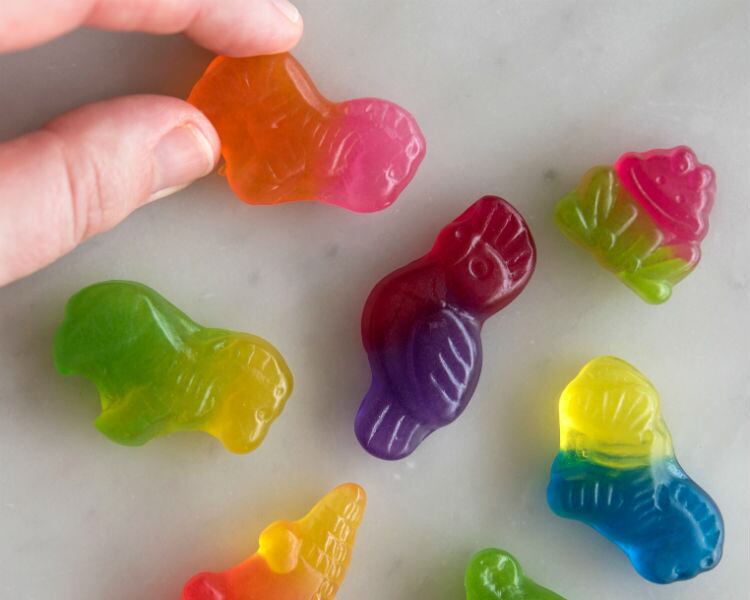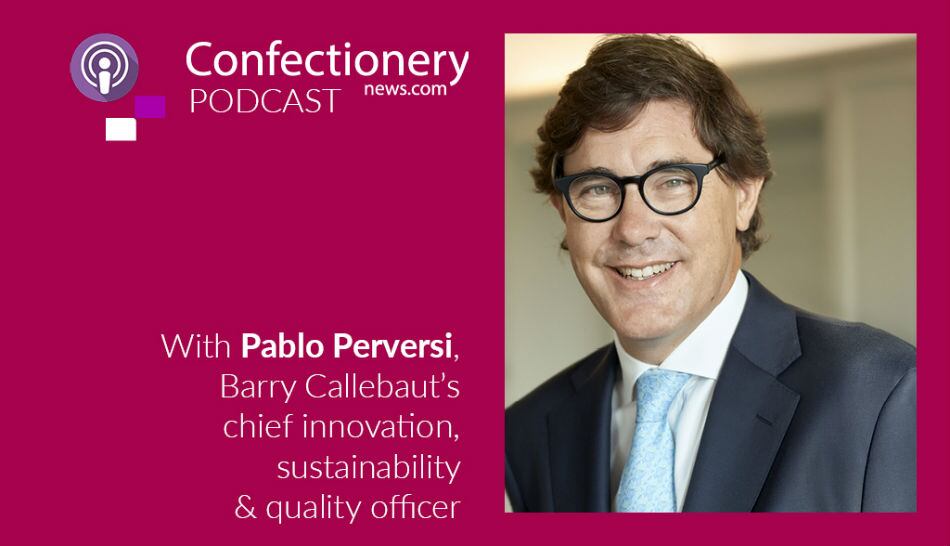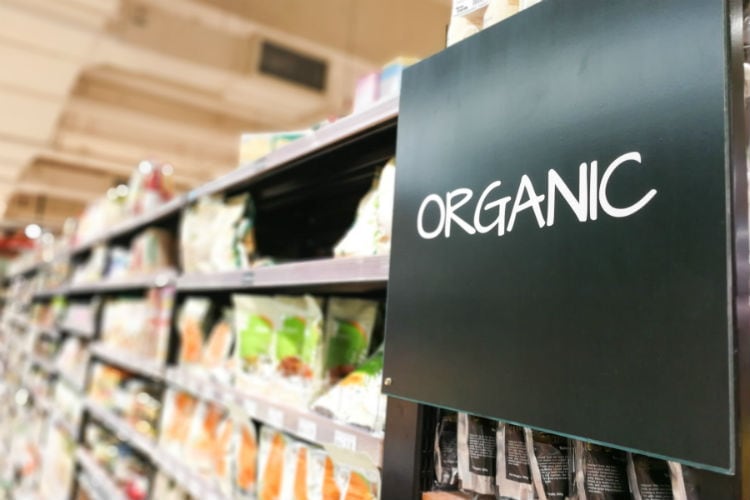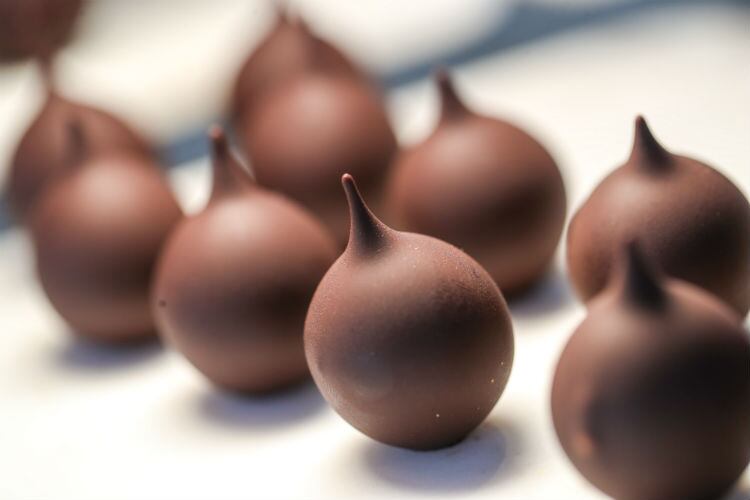GNT says its products are obtained exclusively from fruits, vegetables and edible plants using ‘gentle, physical processes such as pressing, chopping, filtering and concentrating’.
As they are not classed as additives but ‘foods with coloring properties,’ they qualify for cleaner and clearer labelling declarations, the company claims.
GNT says its Organics range is EU organic certified and meets the requirements of current EU organic regulations. Colors in the portfolio currently include blues, reds, yellows, oranges and purples.
With the number of organic confectionery launches having doubled in the first half of this decade, there is a growing need for manufacturers to use organic colors, said Ivano Fiori, managing director of GNT Italia.
“All the colors in our EXBERRY range are sourced from edible fruits, vegetables and plants, helping manufacturers meet clean label requirements. Additionally, there is growing demand for completely organic products. Although the confectionery sector is not traditionally associated with health, manufacturers are increasingly launching products with an organic claim, and we’re delighted to be able to support them,” he said.

'You should not be intimidated': Q&A with GNT USA
We also spoke with GNT USA's Jeannette O'Brien* about the importance of natural colors in candy and other sweets, especially as consumers increasingly demand transparency across food categories.
*This interview has been edited for length and clarity.
CN: How does EXBERRY define ‘clean label,’ and how has it breached this topic with food manufacturers?
JO: EXBERRY defines ‘clean label’ as an ingredient that is naturally sourced and made from ingredients such as edible fruits, vegetables, and plants. These ingredients are easily recognizable to any consumer reading a product label. Because EXBERRY colors are clean label, they have immediate ingredient recognition, which pairs well with any clean label marketing initiative for manufacturers. Consumers feel comfortable when seeing colors that are made from items like carrots, beets, turmeric or pumpkins.
CN: Confection is one place where natural colors might historically have been lacking, due to formulation challenges. How does GNT work with potential customers on overcoming these challenges?
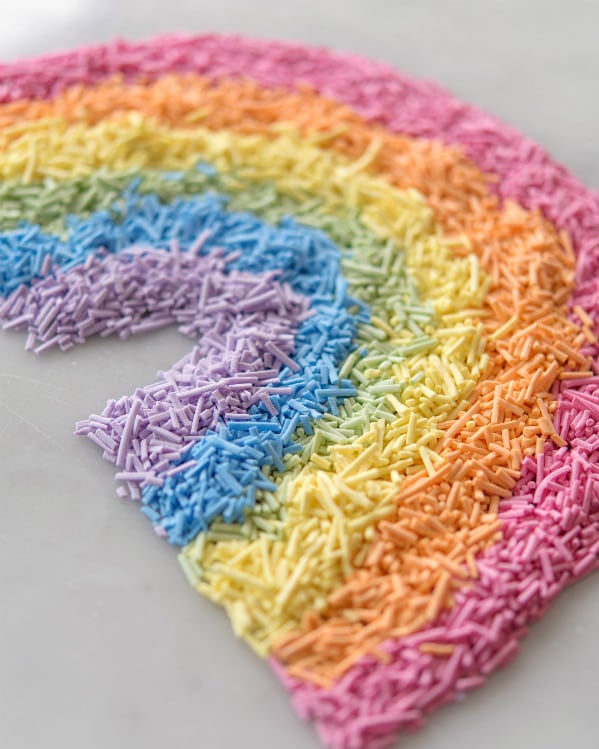
JO: One should not be intimidated when working with clean-label colors. EXBERRY [GNT’s flagship line of natural colors] can deliver bright, vibrant colors in many types of applications, provided a few small tips and tricks are taken into consideration.
When using natural colors, it’s important to consider the pH, the temperature at which the color is added, and the amount of aeration. For instance, our “Royal Pink” will have a brighter, more reddish hue at pH <3.5. When working with “Majestic Blue”, it’s important to add it at a point in the process where it will not be exposed to long holding times at high temperature and before the acid goes in.
Whether you’re developing a new product or reformulating a recipe, we’re always here to help manufacturers overcome any challenges. Our team of experts are available to assist through each step of the commercialization process – from color matching and stability testing all the way through to regulatory support and upscaling.
CN: What are the benefits of natural colors in candy?
JO: With additives under increasing global scrutiny by consumers, retailers, and governments alike, manufacturers are finding that they can turn to colors from fruits and vegetables for a vibrant and completely natural solution to stay ahead of industry developments and appeal to customer needs. In a social media-centric world in which consumers continue to demand aesthetic and nutritional value from their foods and beverages, colors are the natural solution.
CN: How has Exberry’s business evolved through the years, as more kinds of companies (both in size and style) across categories seek out natural solutions? What would you say has driven these changes?
JO: Early adopters of natural colors were typically new age beverages. Now, as consumers are demanding more from their products and are more likely to look on an ingredient label for the absence of certain ingredients, more application categories have adopted the use of natural color – for example in cereals or food service items. Also, the expansion of the color ‘rainbow’ has allowed for other categories such as confections to join the natural color trend.
CN: Right – consumers are much more engaged, and food CPGs talk constantly about ‘staying close to the consumer.’ How does GNT approach this new landscape?
JO: As consumers become increasingly educated and scrutinize exactly what ingredients are in their foods and beverages, a general trend towards transparency and natural-ness continues to grow in the industry. Social media has proved to be a powerful tool for connecting people around the world and spreading information. Our presence on platforms like LinkedIn, Facebook, and Instagram allows us to reach out to and engage with food industry professionals and general consumers alike.
The trend toward clean-label, recognizable ingredients is reshaping the food and beverage industry. As color plays an important role in not only drawing a consumer in for that initial purchase, but also supporting the characteristic flavor, it is no surprise that colors made from fruits, vegetables, and edible plants are now utilized more than ever.
CN: Which colors have long been in-vogue, and which are now trending? EXBERRY and others have higlighted bright oranges and yellows; there’s the bright blue – usually in unexpected places, like inside a flaky croissant – and, of course, pink and purple. How can natural colors help food manufacturers pursue these color trends?
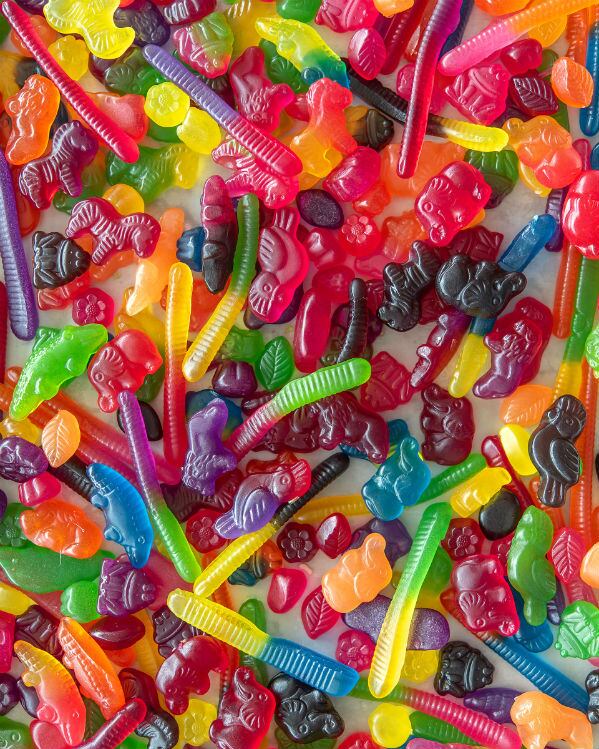
JO: Because of the expansion of spirulina as an approved color additive, we are seeing more blue, green, and lavender color shades emerging. We also continue to see the trend for fun, brightly colored products: ones that immediately grab consumer’s attention, either through their intensity or through a color changing process.
[GNT is the world’s leading producer of spirulina, having produced it for a variety of applications for more than 25 years.]
CN: How can candy companies (and snack makers, bakeries, etc.) keep up with changing color trends? How important are natural colors to the future of food?
JO: Color has become an essential tool for product differentiation and helping a food or beverage stand out on the shelves. However, as we have learned in recent years, eye-catching isn’t enough, and not all food coloring is created equal. As consumers continue to scrutinize their potential purchases for both aesthetic and nutritional value, coloring foods are the natural solution for candy companies looking to stay ahead of industry developments and appeal to customer needs.

